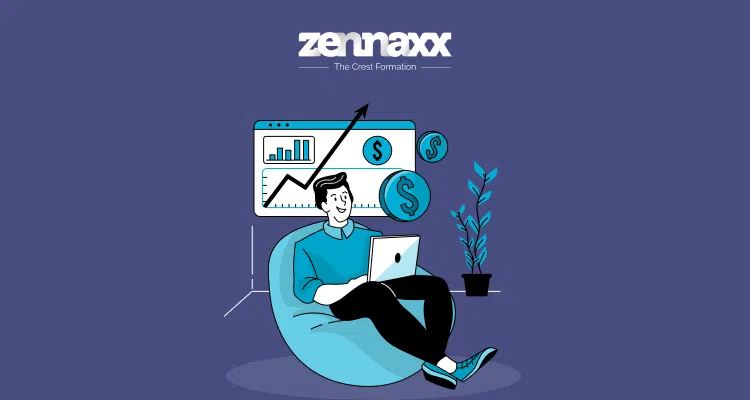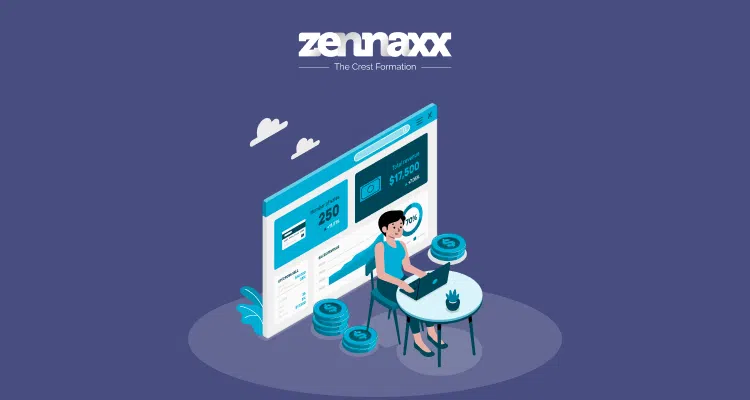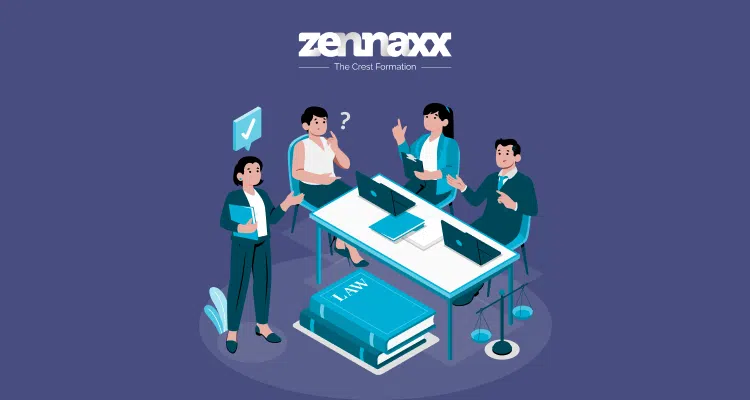Having a great idea isn’t enough to build a successful software product. Once a product is technically completed, it does not automatically function as intended or meet the customer’s needs.
You must maintain the product’s functionality and relevance, which requires frequent updates and enhancements.
Software maintenance costs can be a significant barrier for founders. So, how can you avoid overspending on maintenance while still ensuring that your IT solutions are supported at an affordable price?
In this blog, Zennaxx shares industry best practices to answer this question and provide effective solutions. Let’s start!
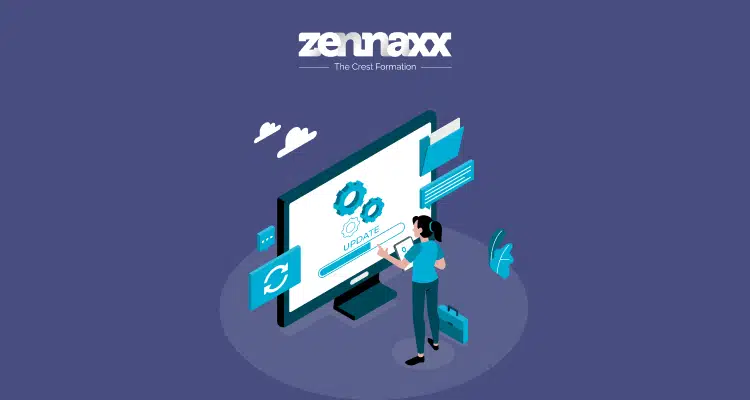
The need to monitor maintenance costs
Young tech entrepreneurs frequently believe software expenses are one-time costs eliminated with development or purchase.
However, industry experts estimate that over 90% of software costs are due to ongoing maintenance, which many businesses overlook.
Knowing these costs and planning for them can significantly impact a software project’s success.
Basic cost breakdown
Companies must be aware of the three main maintenance categories and how they affect their overall spending to manage these costs properly.
1. Corrective Maintenance
This type of maintenance addresses any issues that may arise with the software. These issues may occur during the initial testing phase or after the software has been released to users.
Roughly 20% of all software maintenance expenses go toward corrective maintenance. It ensures the program operates without trouble and fixes issues quickly.
2. Adaptive Maintenance
Adaptive maintenance entails updating software to align with industry standards and new technologies.
These updates keep the software relevant and competitive. It also makes it an essential part of technological maintenance.
Adaptive maintenance typically accounts for around 25% of total software maintenance costs.
3. Enhancing Maintenance
Perfective maintenance is improving software performance, adding new features, or removing unnecessary ones in response to user feedback or company objectives.
Over 35% of software maintenance expenses may be attributed to this maintenance, which is essential for user satisfaction.
While these types of maintenance form a significant portion of the overall expenses, they do not encompass the total cost of ownership (TCO).
TCO includes many other factors. These factors are deployment costs, licensing fees, legal costs, and app store or search engine commissions.
It would be best if you also considered other indirect costs. These include marketing and employee training. They also include hiring specialized personnel.
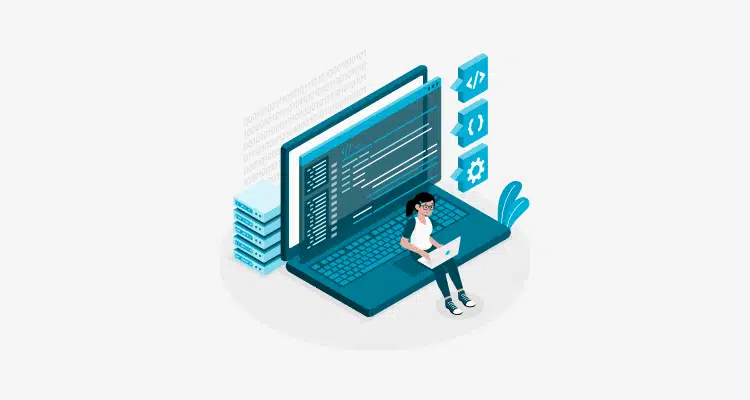
Factors that affect software maintenance costs
Several factors influence software maintenance costs, both technically and non-technically. Understanding these factors is necessary for effective budgeting and maintenance planning.
Technical Factors:
- Technical Requirements: Maintenance costs directly relate to the product’s initial vision and required features. Costs may increase because more time and experience are needed to implement more complex requirements.
- Programming Language and Style: The programming language used and the style with which the code is written can impact maintenance costs. Supporting well-written, maintainable code is more accessible and less costly.
- Module Independence: Modular software design makes maintenance easier because individual components can be updated or replaced without affecting the entire system.
- Software Testing: Proper testing during development can cut maintenance costs by detecting problems early on. Continuous testing ensures that the software remains functional and reliable.
- Documentation: Having thorough and current documentation speeds up and simplifies maintenance tasks, which lowers overall costs.
- Hardware Stability: Reliable and stable hardware reduces the number of unexpected issues and costs associated with running software on a faulty infrastructure.
Non-Technical Factors:
- Team Composition and Seniority: The maintenance team’s composition and experience level impact costs. Highly skilled and experienced professional teams may command higher fees but can solve problems more efficiently.
- Software Lifecycle: Maintenance costs may vary depending on the stage of the software lifecycle. Mature software may necessitate more updates and adjustments to remain current.
- External Environment: Changes in industry standards, technology, or legal requirements can all contribute to higher maintenance costs.
Other Influential Factors:
- Time: Project timelines can affect maintenance costs, especially if there are delays or unexpected complications.
- Risks and Improvements: Anticipating and mitigating potential risks can help control costs. Regular updates and preventive maintenance ensure the software remains competitive and functional.
- Taxes and Fees: Costs related to hosting, licenses, developer accounts, and regulatory changes can all add to the overall expenses.
Considering these factors holistically can help companies manage software maintenance costs and have a more efficient maintenance process.
Wondering how to cut down your software maintenance costs?
Our team of experts is here to help. Contact us today for tailored solutions to your software needs.
Ways to cut down software maintenance costs
As technology advances and new versions emerge, you must upgrade and maintain your software. Sometimes, it becomes more difficult and costly because of regular checkups and the choice of different development technologies.
- 1. Use DevOps: DevOps is a modern technique for software development that helps reduce maintenance costs. It creates a continuous workflow where old and new software modules work smoothly in your project. When changes are implemented, the DevOps methodology ensures you and your users have a smooth transition.
- 2. Automated Monitoring Tools: Uptime Robot, Site24x7, and Tornimo can detect bugs and errors automatically. Monitoring your software and providing comprehensive documentation saves you time and effort.
- 3. Plan Carefully: Proper planning can help avoid unexpected expenses and delays. A well-managed software system helps your business stand out and thrive.
- 4. Get Accurate Cost Estimates: Tools such as Galorath’s SEER Project Management Application can help you get a more accurate estimate of your software maintenance costs. You can manage your finances by consulting with a professional like Zennaxx.
These are the main beneficial ways to cut down on maintenance costs.
You can get more information on optimizing your software maintenance budget by discussing it with our experienced project management team and starting your project under our expert guidance.
Accurately estimate your software maintenance costs.
Estimating software maintenance costs correctly is essential for calculating the total cost of ownership (TCO) and projecting the return on investment (ROI).
Here are some crucial steps and considerations to take:
Understand Software Lifecycle: Understand the software’s lifecycle, maturity, and potential evolution. Consider how long the software will be used and how it will evolve.
Determine Maintenance Activities:
- Corrective Maintenance: Bug fixes and addressing security vulnerabilities.
- Adaptive Maintenance: Adjusting the software to changes in the operating environment.
- Perfective Maintenance: Improving performance or usability.
- Preventive Maintenance: Proactively mitigating potential issues.
Assess Historical Data: Analyze historical data from similar projects, including maintenance logs and costs, to gauge potential future maintenance expenses.
Factor in Software Complexity: More complex software typically requires more maintenance. Consider the number of features, integrations, and the overall complexity of the software when estimating maintenance costs.
Estimate Staff and Resource Needs: Determine the size and expertise of the maintenance team required. Consider whether you need in-house staff or can outsource the maintenance tasks.
Cost Estimation Tools: Tools like Galorath’s SEER Project Management Application can help provide precise estimates by determining the project’s scope, complexity, and expected evolution.
Consider a Maintenance Agreement: If you plan to outsource maintenance, consider negotiating a contract with set costs. This can help to graph your maintenance budget and provide a precise cost of future expenses.
By following these steps in your project, you can gain better control over future maintenance costs and make more informed decisions for your software and business success.
Want to Automate Your Business Process With a Software Solution?
Zennaxx, a leading software development firm in Canada, has delivered 700+ bespoke solutions spanning various industries.
Software maintenance cost defined
Changes and updates in software after updates are necessary to keep your customers engaged.
Every improvement leads to a small maintenance cost. Although the software is running perfectly smoothly due to market improvements, this also creates loopholes in your budget.
Software maintenance is a big part of the overall cost of owning software. It makes up about 75% of the total cost. Here’s we understand the various types of software maintenance costs:
- 1. Corrective Maintenance (20%): These are the costs of resolving problems or bugs discovered after software deployment. This type of maintenance guarantees that the software functions properly and corrects any issues that may arise during use.
- 2. Adaptive Maintenance (25%): This category’s costs include modifying the software to keep it functional in a changing business environment. This could include updating the software to work with new hardware, operating systems, or regulations.
- 3. Perfective Maintenance (5%): This entails improving or enhancing software to improve its overall performance and usability. It includes upgrading existing features or adding a few improvements to maximize the software.
- 4. Upgrades (50% or more): Upgrades are the costs of ongoing innovation and adding new features to software. This is frequently the most expensive component of maintenance costs as businesses strive to keep the software current and competitive.
Knowing and planning for multiple maintenance costs helps you control long-term software expenses. This information will help you make a better decision about your new project.
How can Zennaxx help with software maintenance costs?
We offers strategies for streamlining processes, reducing manual labor, and optimizing resources, ultimately leading to long-term cost savings.
Zennaxx’s developers use advanced technology to speed up processes, reduce human error, and lower long-term costs.
Combining new technologies and our previous software development experience makes us a perfect fit for your future project.
Why choose Zennaxx for software maintenance costs?
Zennaxx software solutions show a rough graph of projected maintenance costs over time.
It helps you make more accurate budget planning and software health decisions.
With 15 years of software development experience, we understand the intricacies of software maintenance and can make better suggestions.
We help identify critical cost components and possible outcomes by changing parameters, allowing for early testing of design, functionality, and cost tradeoffs during the development cycle.
We have experience maintaining various types of software and dealing with multiple business models, allowing us to make tailored recommendations based on your specific needs and goals.
Zennaxx software solution is your long-term partner in ensuring the health and success of your IT systems.
Our expertise in software maintenance and cost analysis will assist you in making informed decisions that are in line with your business objectives.
Contact us to help you optimize your software solutions for long-term success.
FAQ
- How much does it cost to maintain a software platform?
- Approximately 15–25% of the total development cost is spent annually on software maintenance. These costs vary according to the software’s complexity and the type of maintenance required. It may sometimes go up and down with the software upgrade process.
- Software maintenance cost vs development cost?
- Maintenance costs are ongoing expenses for supporting and updating software, whereas development costs are the initial costs for developing the software. Maintenance expenses can add up to 90% of the total cost throughout the software’s lifetime.
- How do you calculate maintenance costs?
- The 15% rule appears simple enough to understand at first glance. You take the total software development value and calculate 15% of that figure. For example, if your home’s appraised value is $250k, the 15% rule says you must set aside at least $37.5k for home maintenance yearly.
- Why is software maintenance cost so high?
- Software maintenance costs can be high because of the constant need for market updates, bug fixes, and user experience improvements. Changes in technology, compliance requirements, and user feedback necessitate ongoing work to keep software relevant and functional.
- How Much Does Travel Software Maintenance Cost?
- The average cost for travel app maintenance will be 15 – 20% of the total cost of travel software development. For example, if your travel app costs $50,000, you must pay 15% – 20% for maintenance.
